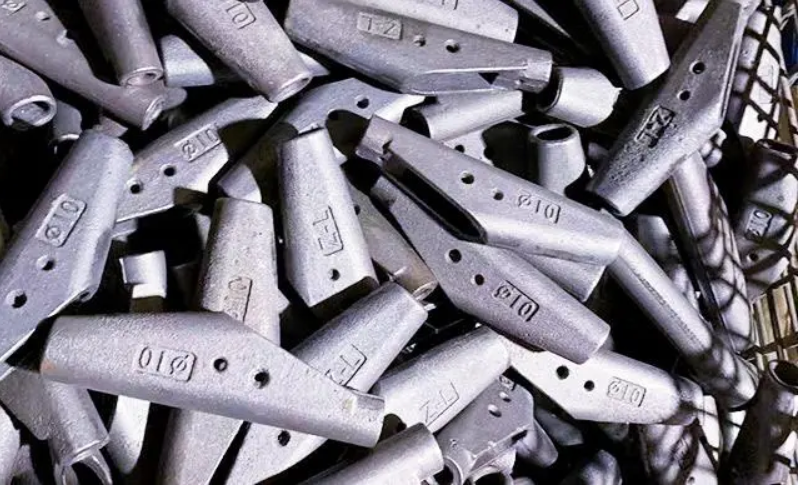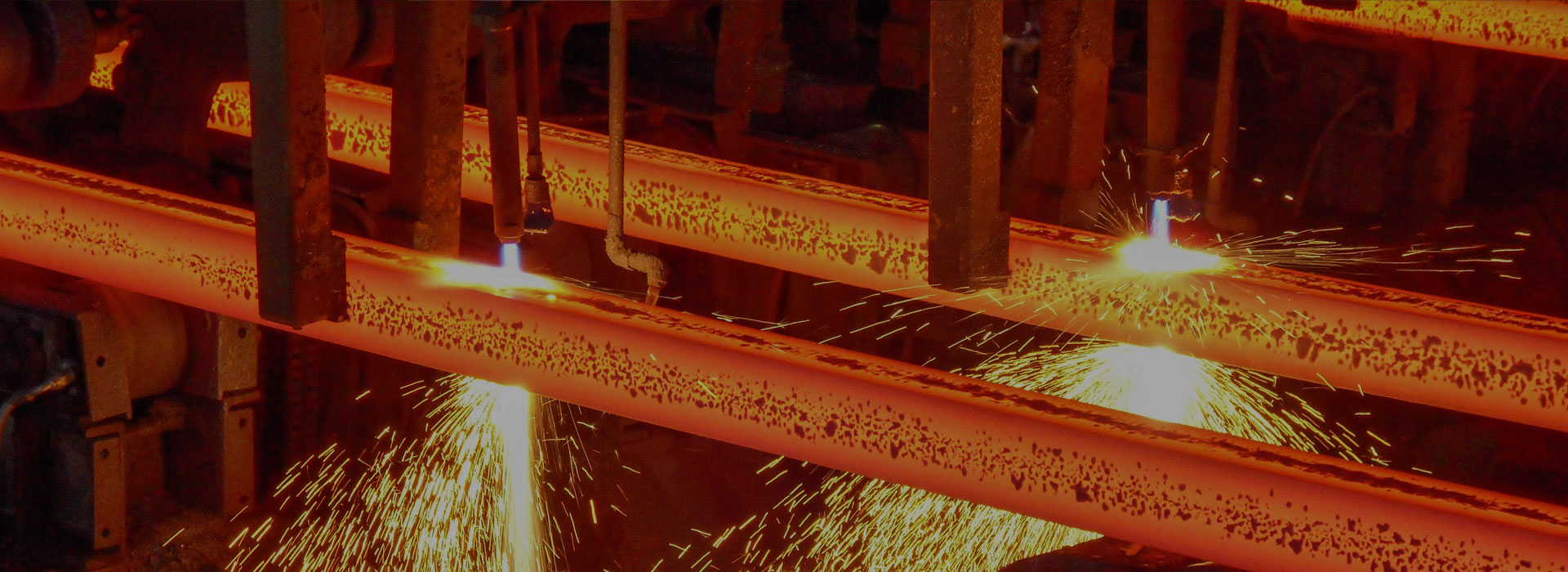How to Keep The Smooth Surface of Steel Castings?
2024-01-12
Keeping the smooth surface of steel castings is essential to maintain the quality and functionality of the finished product. Here are some steps that can be taken to ensure the smooth surface of steel castings:
Proper Design: Prior to casting, careful consideration must be given to the design of the mold and the casting itself to ensure smooth surfaces. Mold design plays a significant role in achieving a smooth surface.
Use High-Quality Materials: The quality of the materials used for the castings, including the mold material, gating systems, and the casting materials, can affect the surface finish of the product. Use high-quality materials that are clean, uncontaminated and that are free from any foreign matter that can be transferred onto the surface of the casting.
Proper Melting and Pouring: Molten metal must be free from impurities, and it must be poured into the mold at the right temperature. Casting molds must be at the right temperature to allow the molten metal to flow smoothly through the mold cavity.
Quality Control Inspection: Through careful inspection, any surface defects, such as cracks, porosity, and other defects that affect the surface can be detected early.
Proper Finishing and Maintenance: After casting, proper grinding, deburring, and polishing must be carried out to remove any surface defects and blemishes. Anti-corrosion coatings can also be used to make the surface of the casting smooth and durable.
Overall, achieving a smooth surface of steel castings requires attention to detail, careful planning, using high-quality materials, proper casting techniques and quality control inspection, and careful finishing and maintenance. With proper care and a good strategy in place, it is possible to achieve high-quality, smooth surfaced steel castings.




